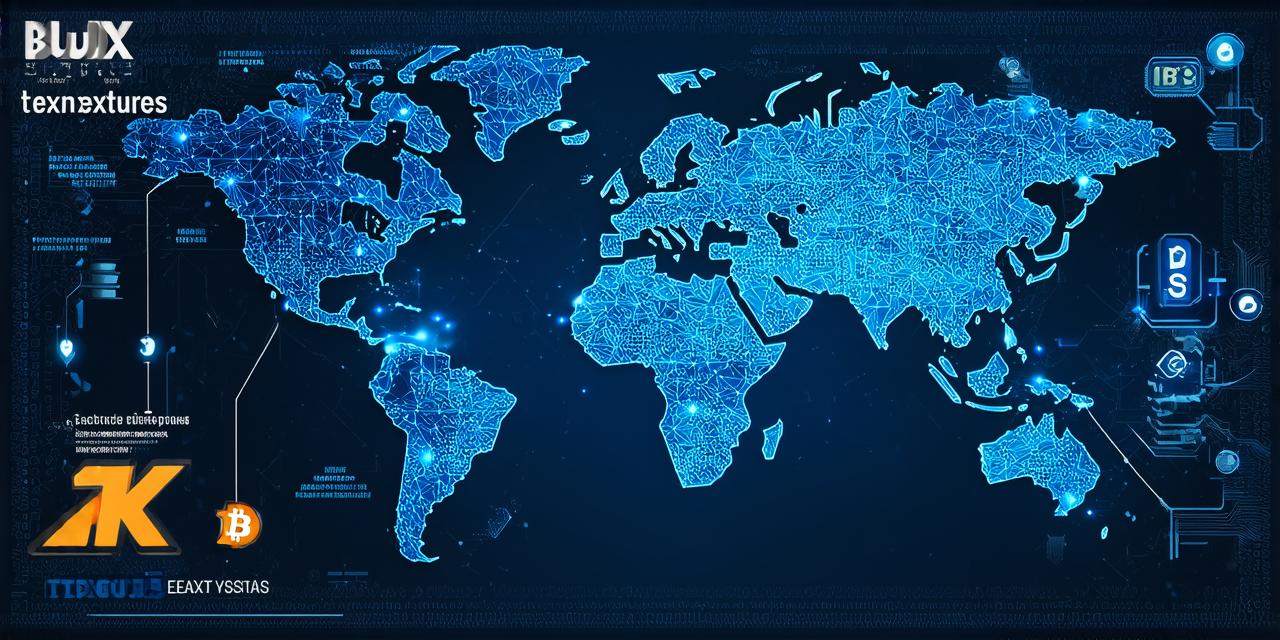What is Blockchain?
At its core, a blockchain is a decentralized database that stores information across a network of computers. Each block in the chain contains a set of transactions, which are verified by a network of nodes before being added to the ledger. Once a block is added, it cannot be altered or deleted, creating an immutable and tamper-proof record of all transactions on the network.
The key features of a blockchain include:
- Decentralization: The network is not controlled by any central authority, making it resistant to censorship and manipulation.
- Immutability: Once data is added to the blockchain, it cannot be altered or deleted, creating a permanent record of all transactions.
- Transparency: All participants on the network have access to the same information, allowing for real-time verification and auditing.
- Security: The use of cryptography and consensus algorithms ensures that the network is secure from attacks and fraud.
How does Blockchain Work?
The process of creating a new block on the blockchain involves several steps:
- Mining: Mining is the process of verifying transactions on the network and adding them to the blockchain. Miners use powerful computers to solve complex mathematical problems, which validate the transactions and add them to the block. In return for their work, miners are rewarded with a certain amount of cryptocurrency.
- Consensus: The network uses a consensus algorithm to ensure that all participants agree on the state of the blockchain. There are several types of consensus algorithms, including Proof of Work (PoW), Proof of Stake (PoS), and Delegated Proof of Stake (DPoS). Each algorithm has its own strengths and weaknesses, and the choice of algorithm depends on the specific needs of the network.
- Block Creation: Once a block has been verified and validated, it is added to the blockchain. Each block contains a set of transactions, as well as a reference to the previous block in the chain. This creates a chain of blocks that cannot be altered or deleted.
- Distributed Ledger: The blockchain is a distributed ledger, meaning that it is stored across a network of computers rather than on a central server. This makes it resistant to censorship and manipulation, as there is no single point of failure.

The Power of Blockchain Technology
Blockchain technology has the potential to revolutionize many industries, from finance to supply chain management to healthcare. Some of the key benefits of blockchain include:
- Security: Blockchain’s use of cryptography and consensus algorithms ensures that the network is secure from attacks and fraud. This makes it an ideal solution for industries that handle sensitive data, such as finance and healthcare.
- Transparency: The use of a distributed ledger means that all participants on the network have access to the same information, allowing for real-time verification and auditing. This creates a more trustworthy and efficient system.
- Efficiency: Blockchain eliminates the need for intermediaries, which can streamline processes and reduce costs. For example, in the financial industry, blockchain can be used to settle trades more quickly and with less paperwork.
- Immutability: Once data is added to the blockchain, it cannot be altered or deleted, creating a permanent record of all transactions. This makes it ideal for industries that need to maintain an immutable record, such as supply chain management.
Real-Life Examples of Blockchain in Action
1. Bitcoin: The most well-known example of blockchain technology is Bitcoin, the first cryptocurrency. It uses a consensus algorithm called Proof of Work (PoW) and is mined using powerful computers.
2.
